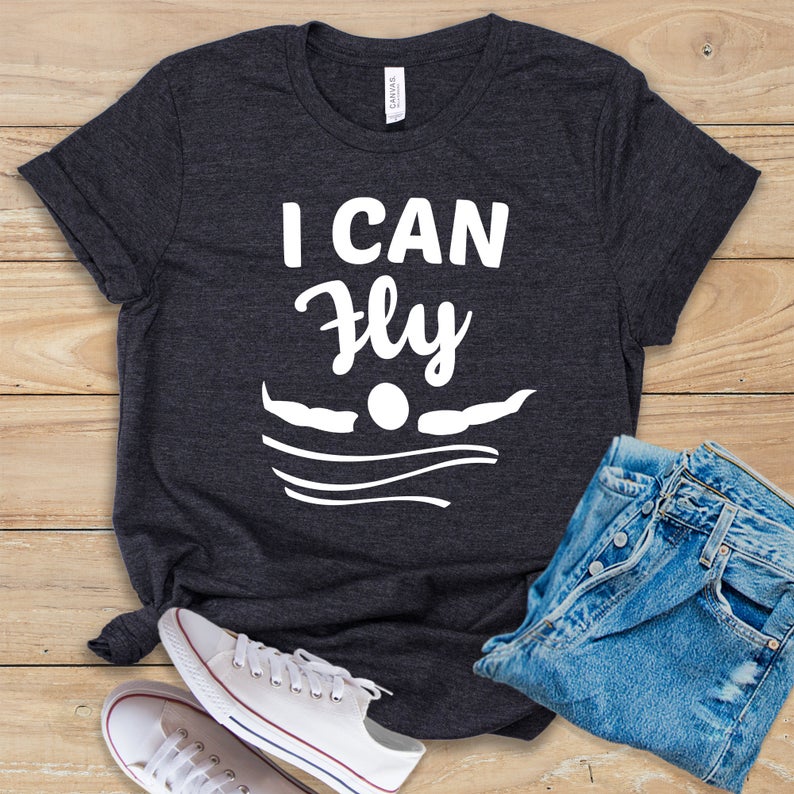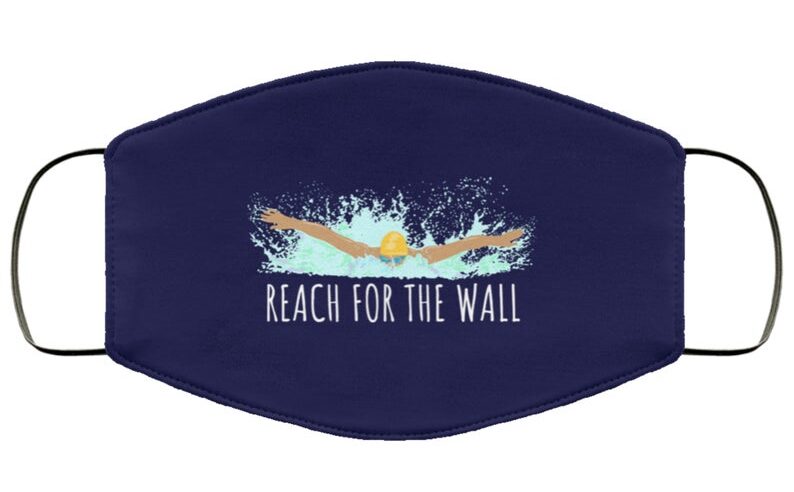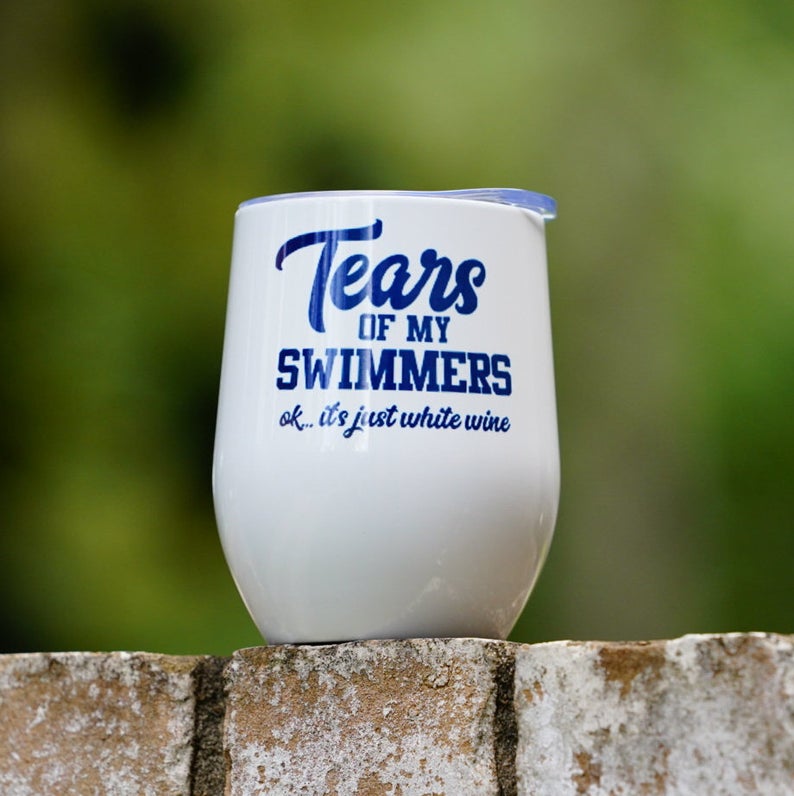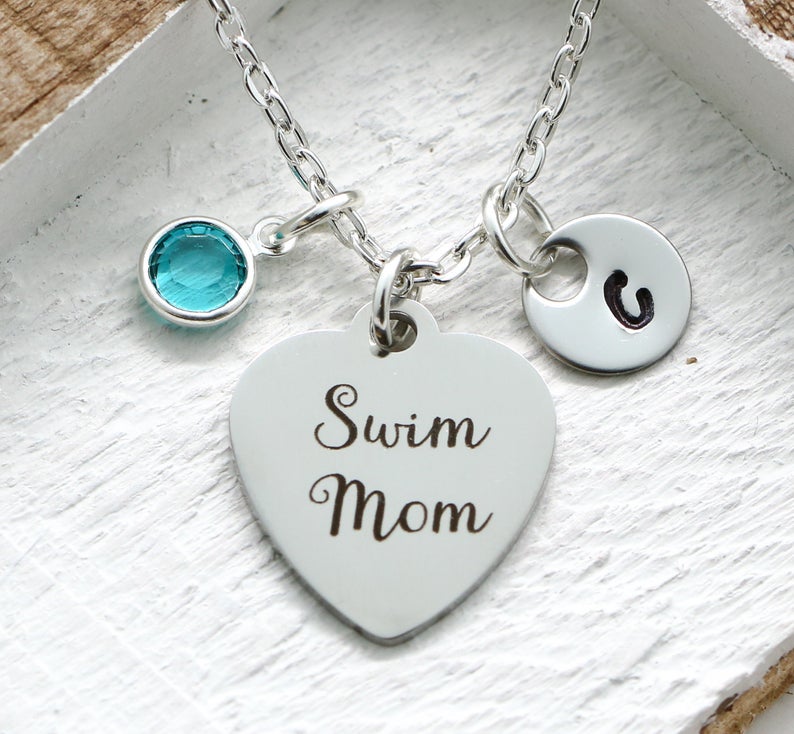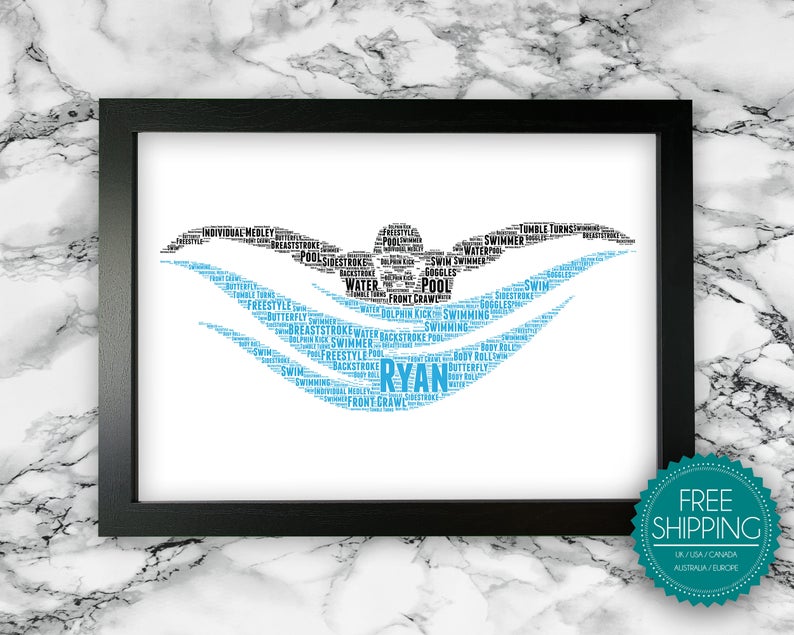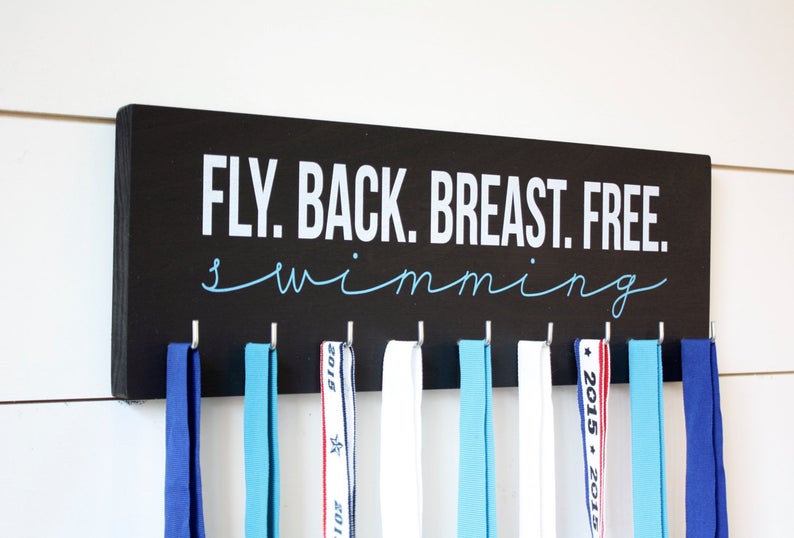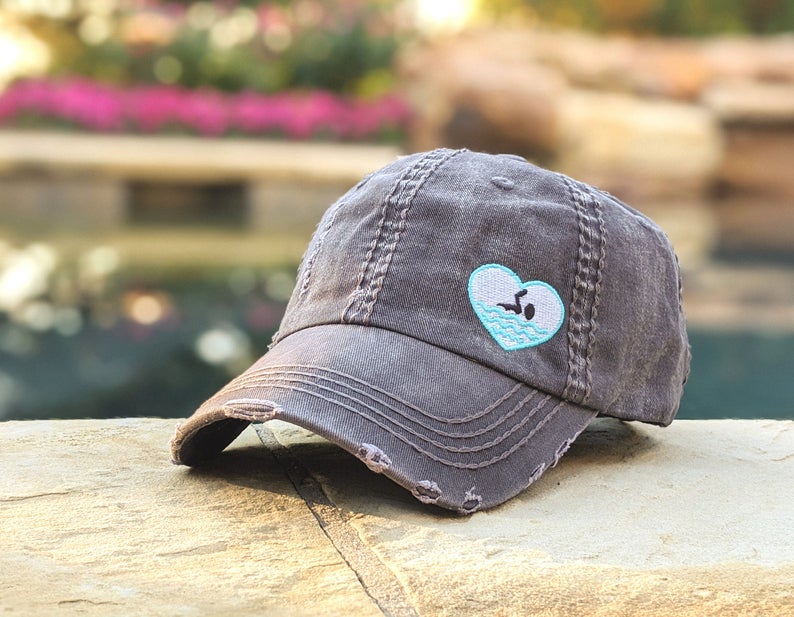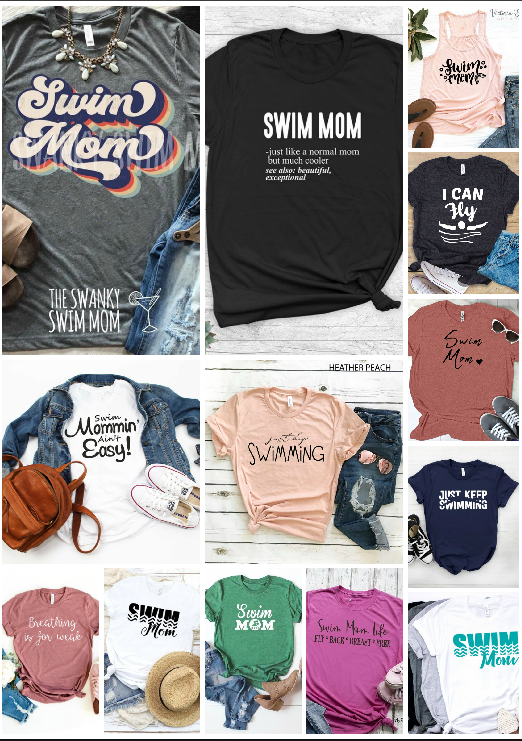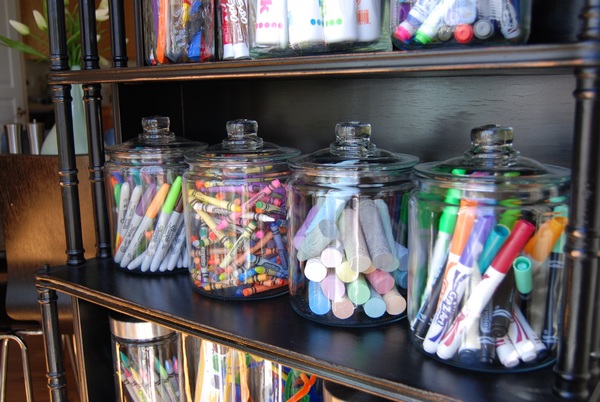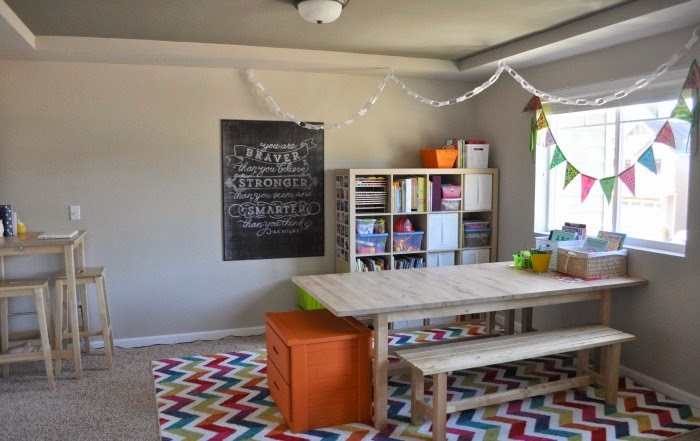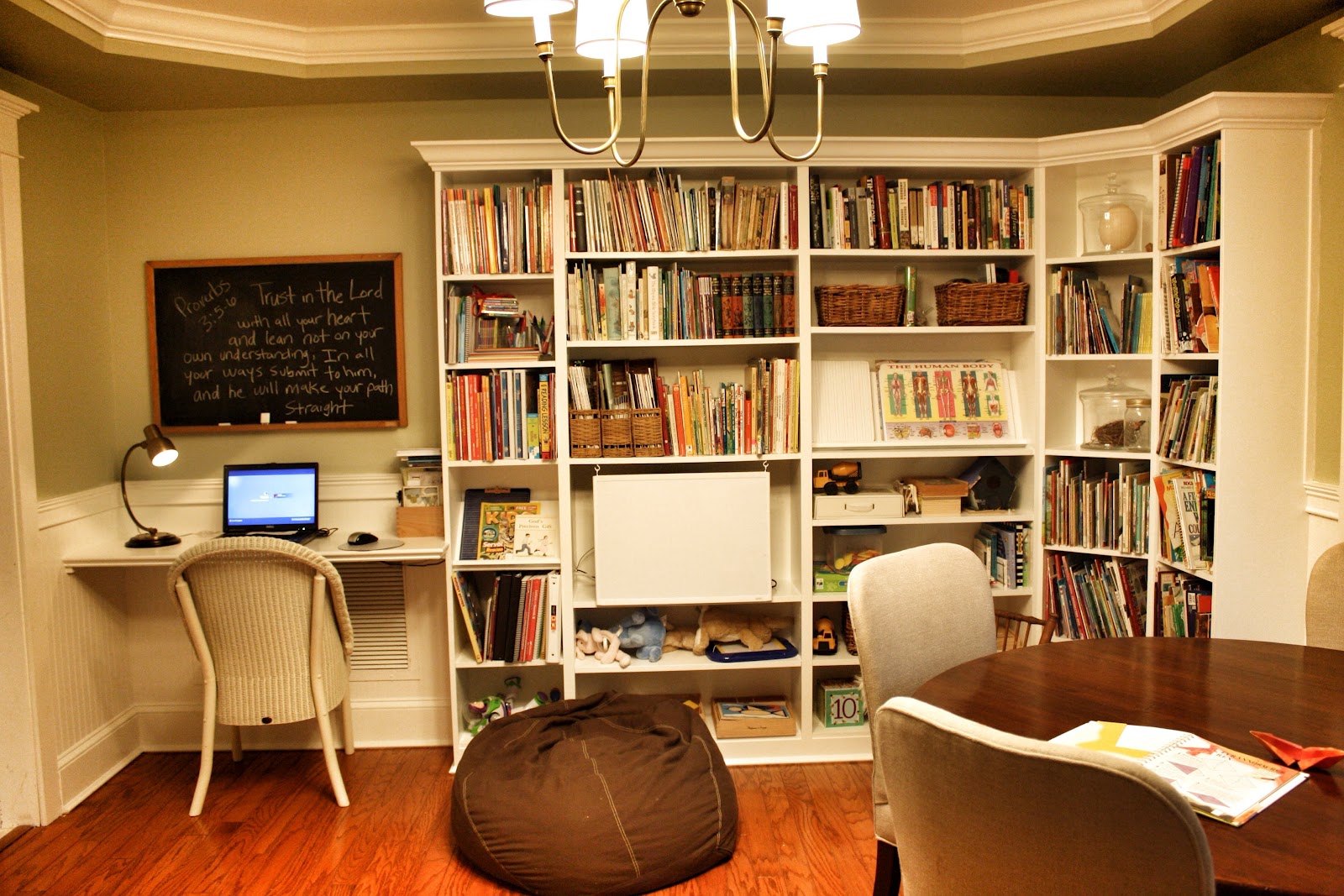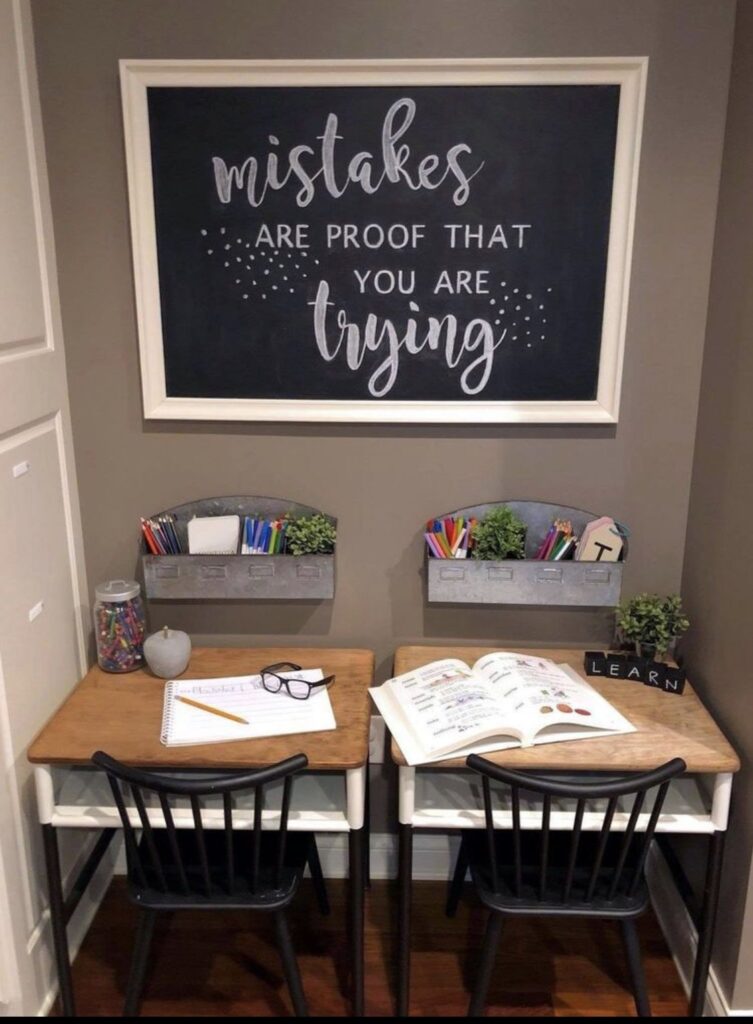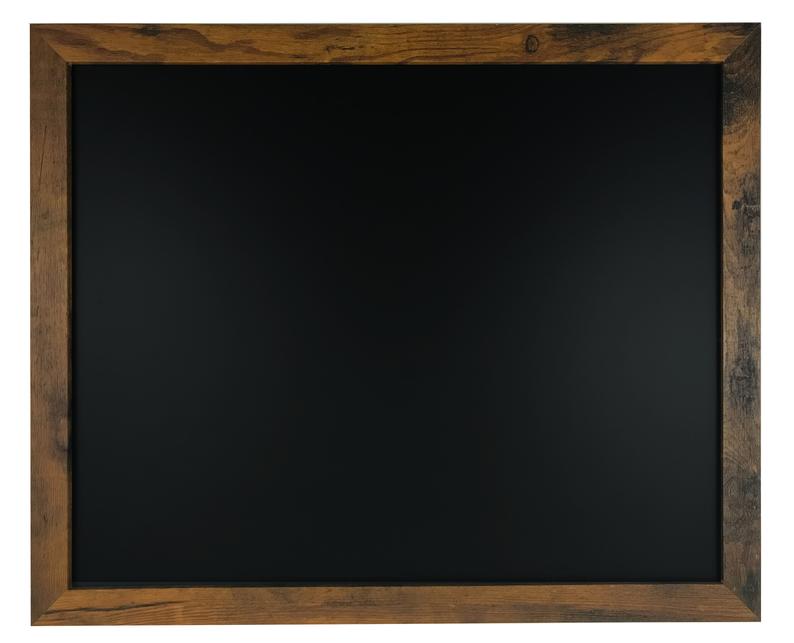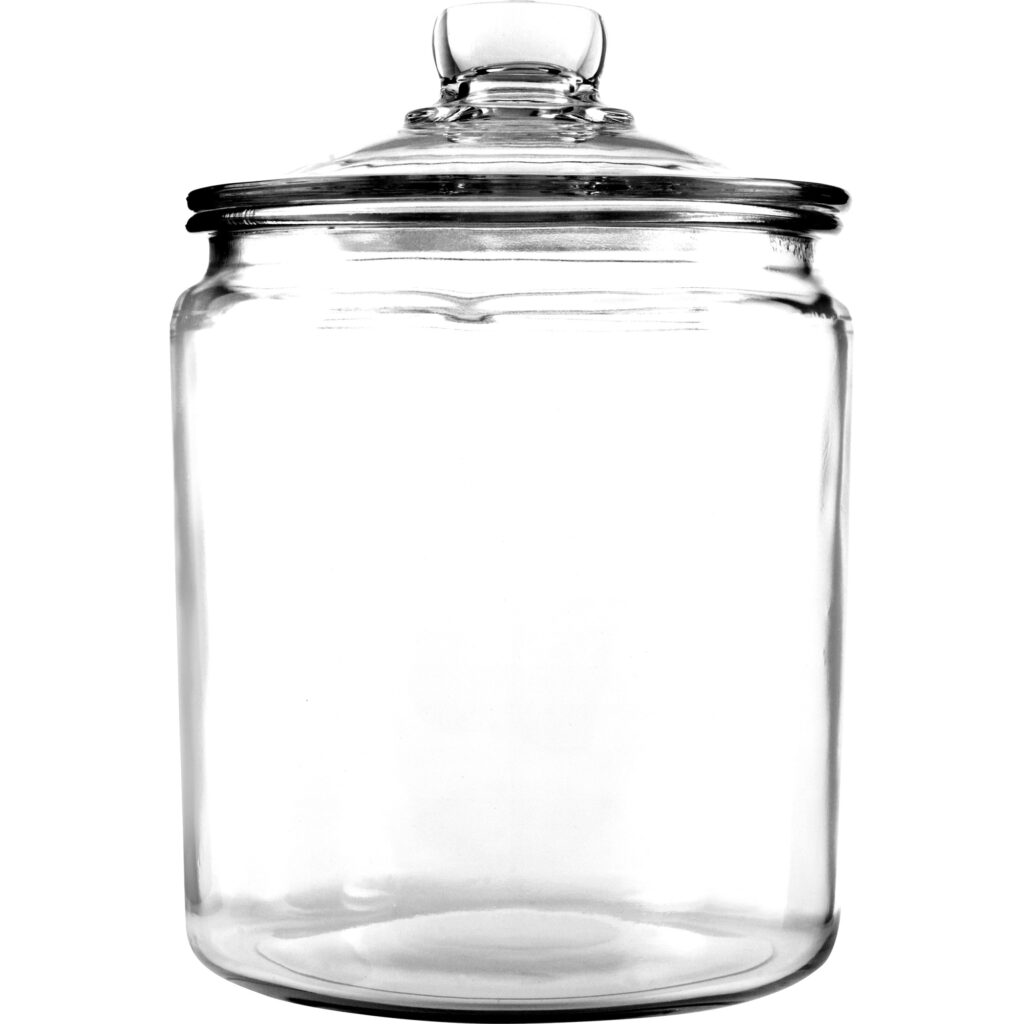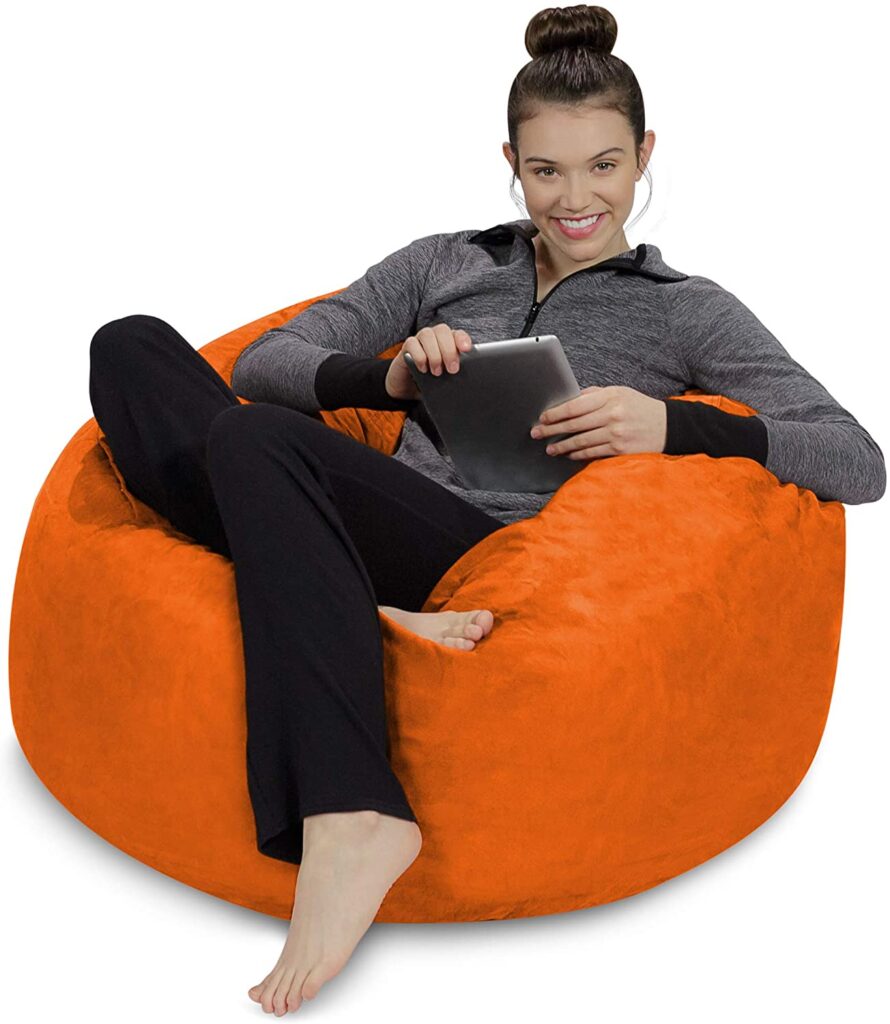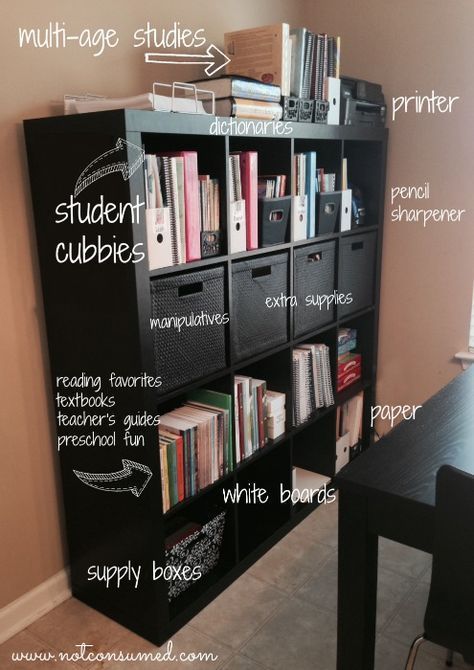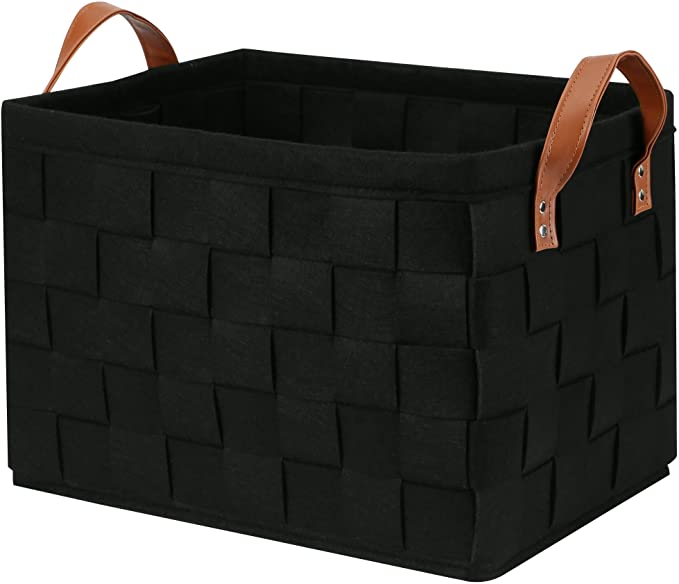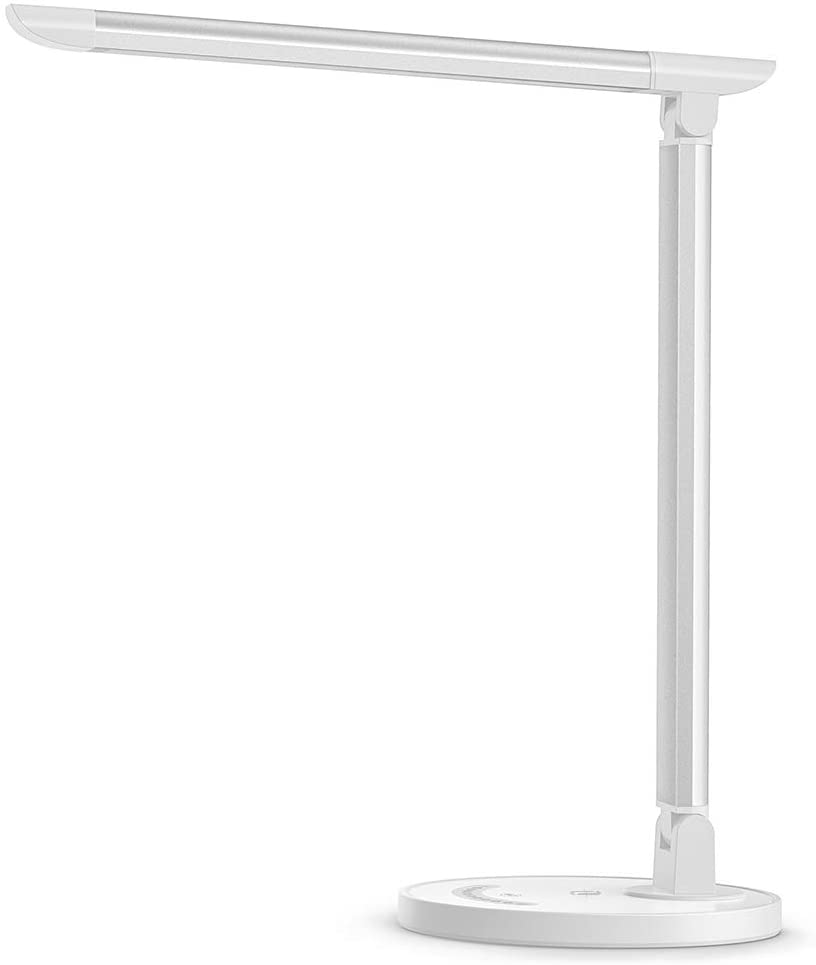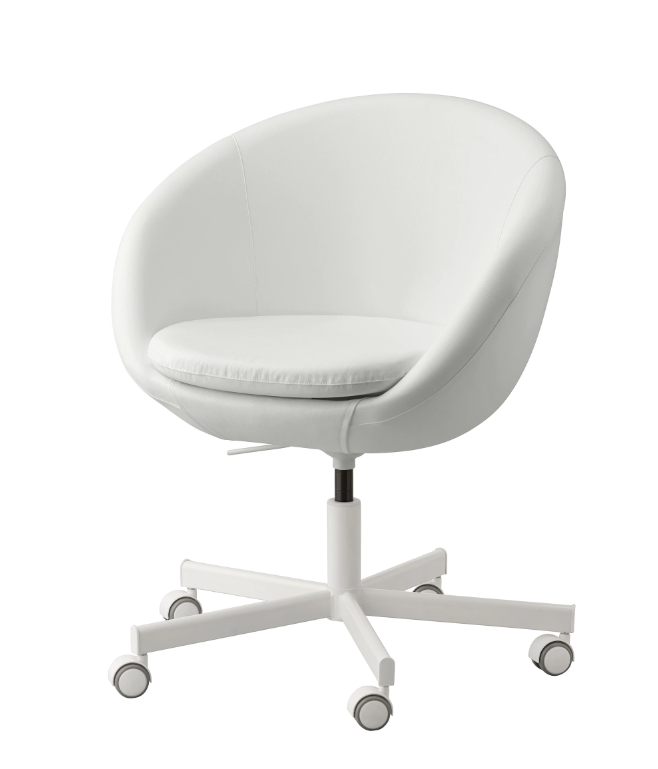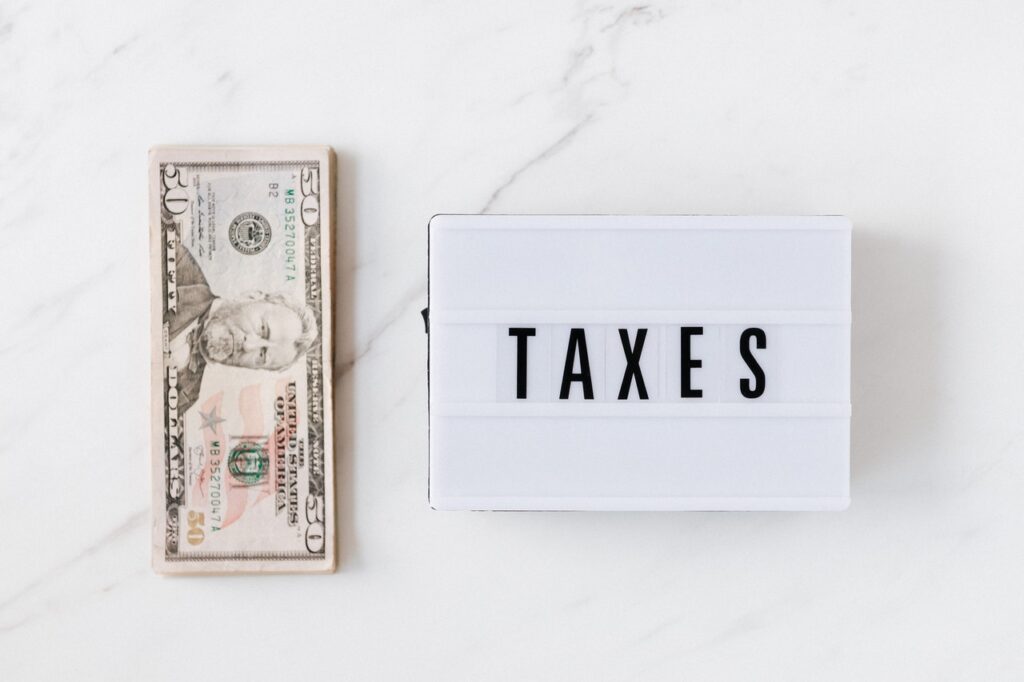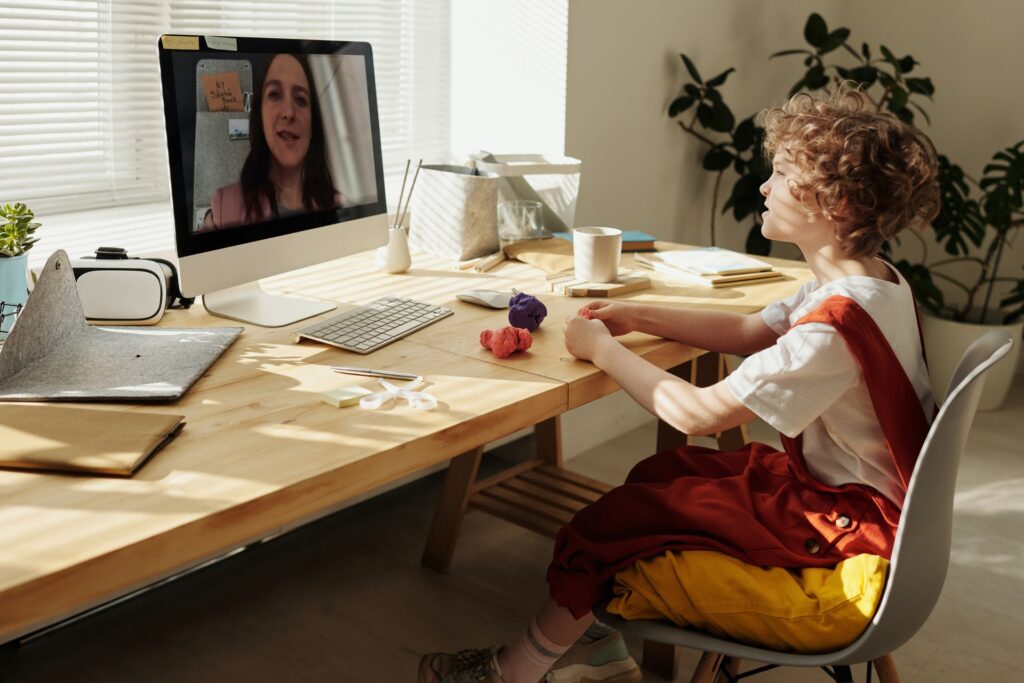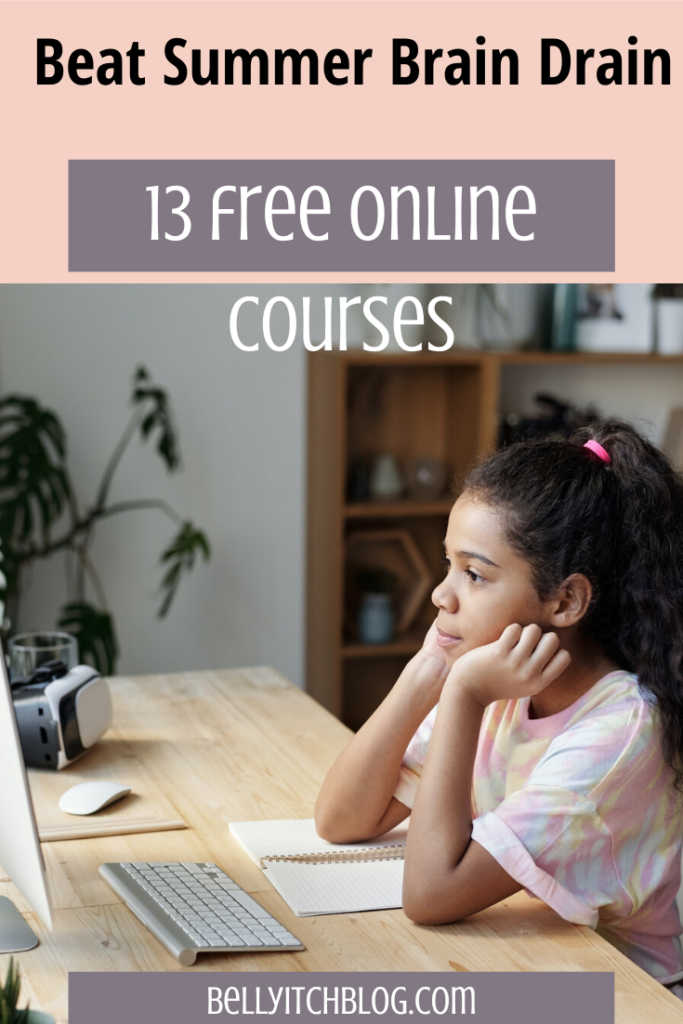I am reposting and updating a post I did in the past about how the new decade will change for parenting. I believe now that the COVID era will be additionally instrumental in the way people parent their children because by the time we get over this pandemic, more of us will become experts in home schooling.
Here is the post again. Enjoy!
Now that I’ve reviewed the parenting trends of the past, from a celebrity perspective, let’s take a look at the top parenting trends that we can expect in the coming decade.
From Helicopter to Free Range Parenting, child raising techniques and patterns change over time, with each generation and with scholarship and research.
There really is no right way to accomplish this fine craft and art of raising decent human beings from newborns to young adult.
However, each generation adopts varying habits and patterns that mark their eras in distinctive ways.
The Millennial Generation has already established itself as separate and almost the anti-Generation of its Gen X and Baby Boomer generations that precedes it.
One report indicates that 82% of babies born each year is to Millennial moms, so here is how this new generation of parents are creating new trends for the next decade.
1.More traveling with baby and small children–
Parents will be less timid about taking their babies and small children with them while traveling the world.
The concept of traveling with children is not new but was limited to trips to Disney world or roadtrips in the Summer to the Grand Canyon. Of course, we always had those bold wanderlust or Peace Corp types of parents who were never fearful about picking up their toddler and heading to the Andes but they were in the minority.
A new report by Resonance Consultancy points to the increasing importance of Millennials to the family travel market.
Travel Agents Report states that “44 percent of Millennial travelers take their vacations with the kids in tow,” according to the firm’s new Future of U.S. Millennial Travel report.
More than half (58%) of U.S. Millennials who traveled overnight last year have children under the age of 18 in the household, Resonance learned.
Once kids enter the picture, Millennial parents continue to travel.
Now and in the future, millennial parents will not even hesitate to do so. Many are open to the idea of home schooling their children while living and working as digital nomads abroad. They do not think a child necessarily needs in-school instructions. As a result, we will see more children grow up as students of the world.
The well traveled child is the future.
2. Making home made baby food
In the last decade alone, American spending on baby food has dropped dramatically, and there’s a growing emphasis on making baby food at home.
Millennial parents have grown up in the age of information, and generally speaking, it shows.
They’re not feeding their kids the super-processed, questionably-nutritious baby and kid food of yore, and they want to maintain their principles of eco-minded, earth- and animal-friendly living once they become parents.
And according to Forbes, newer baby food brands are catering to them by partnering up with nutritionists and food engineers to offer sustainable biodynamic food sourcing and processes.
Because Millennial parents of all economic classes want nutritious, organic, science-backed food for their babies , their babies Generation Alpha will be the best fed kids.
3. More Baby wearing, Less investment in multiple strollers
Not long ago, the stroller was a status symbol. Posh parents would have purchased more than two strollers by the time their child reached Kindergarten: a baby carriage or infant car system, a jogging stroller and a toddler stroller.
Nowadays, it’s all about baby-wearing. Also, newer parents have less income and are interested in sustainable living, less waste and extravagance. They do not rely on things like strollers to make a statement.
The term “babywearing” was coined by William Sears, a California-based pediatrician who in 1992 wrote “The Baby Book,” which popularized the concept of “attachment parenting.”
Along with co-sleeping and extended breast-feeding, baby carrying is a core tenet of that parenting approach, which is supposed to nurture a closer attachment between parent and baby and ultimately a healthier child.
The future of parenting is more engaged and connected parents and baby wearing is part of that.
4. Single by Choice/More cohabitation before marriage or without plans to ever marry
Beginning with Generation X, women have been willing to have babies on their own, or elect to just co-habitate with a partner and skip getting married altogether. However, most eventually bowed to societal pressure to find the one, exchange vows and have kids.
Future parents are not willing to be handcuffed by societal rules and tradition.
In 2009, the oldest millennials were in their 20s and as The Wall Street Journal reports, of those older millennials who did have kids, most were unmarried.
And generally, what is norm has changed.
A Pew report finds that just 46% of kids in 2016 were living in a household with two married parents in their first marriage, compared to 61% in 1980.
Generation Z is coming up behind the Millenial generation and are said to be more financially savvy, the next era of parents will be even less constrained by standards of traditional practices.
Their family planning practices will reflect this prediction.
5. More demanding about Parental Leave
Dads in the Generation Y are also leading the charge in changing gender-based roles in the home, and likewise will change policies related to parental leave.
Millennial dads are more likely to take paternity leave after their spouses or partners have a child. They are also more likely to be stay at home dads and to baby wear.
A Business Insider report states that “millennial dads are far more likely than their fathers were to take time off work after the birth of a baby” and quotes a 2016 Cornell University study which asserts that dads who take longer paternal leave tend to be more engaged and involved with their kids in the long run.
That same report indicated that “in 1989, only 10% of these stay-at-home parents were dads, whereas today, stay-at-home fathers account for 17% of such caregivers” and noted that while “women still account for the vast majority of parents in this role, but the numbers are on a course toward more balance.”
Further,it states that in many dual-income millennial homes in which both parents work full time (that’s 46% of households, according to Pew), the mother is the primary earner.
They are making private companies and the government adjust to this new dynamic.
Millennial parents have influenced employers such as Microsoft and Netflix to announce significant expansions to their paid parental leave benefits.
As more private companies start to offer extended family leave and generous paternity leave, future parents from up and down the socioeconomic ladder will start expecting and even demanding adequate time off after welcoming a child to the family.
They will also be more likely to support laws or support candidates that propose new laws standardizing and expanding parental leave policies and laws.
6. More Social Media – Less Friends/Family as Advice Source
Parents will be more comfortable about sharing photos of their children in social media and some with actually brand their children from birth, similar to the way celebrities do now.
About 4 in 5 millennials admit to posting a picture of their kid online at least once, according to a poll conducted by TIME and Survey Monkey. Half of baby boomers, meanwhile, have never posted a photo of their kids online, as well as 30% of Gen X parents.
A Business Insider report about how Millennials use their children as status symbols state they are spending up to $100,000 on things like Instagram-worthy nurseries.
Month-by-Month posts for the first year of a baby’s life and fabulous color coordinated themed first birthday parties are a thing that Instagram following are made of!
Being that the new generation of parents are more digital conscious and aware, they will continue to skip friends and family for advice and turn to Google.
A recent New York Times article states that millennial parents go to Google, chat rooms, and apps for parenting advice and as one expert told the paper, “Google is the new grandparent, the new neighbor, the new nanny.”
7. Creative Names and Less Formal Names with History and Meaning
“Finding a name that has authentic roots, but is completely undiscovered, is the ultimate baby name status symbol,” Pamela Redmond Satran, a founder of the site Nameberry and author of “The Nameberry Guide to Off-the-Grid Baby Names,” told Alex Williams of The New York Times.
The future of parenting will include names that are not necessarily connected to a family or tradition.
In fact, more Millennial parents are reportedly looking for a name that is not already attached to a domain.
Also, that New York Times article mentions that many millennial parents are giving their kids personal hashtags and YouTube channels.
8. Raising Gender Neutral Children
With more awareness of LGBTQ issues and variances of how members of that community identify, modern and Millennial parents are cognizant about how they label their children. In year’s past, we followed strict gender identity and roles. To put it bluntly, children were either male or female. However, in the coming years, more parents will be open with raising children without subjecting them to or assigning them gender identity. Future parents may be more likely to let their kids determine for themselves how they want to identify.
A Euromonitor international report states that middle class parents in developed world, especially older Millennials who are becoming parents, are taking a more gender-neutral approach to child raising, using neutral colors and with names suitable for either gender proving popular.
9. Less Religious – More Spiritual or Non Religious
A lot of holidays in secular society have become so homogenized and commercial that it is very easy for a child raised in a non-religious household to not feel left out. Christmas, Easter even Halloween and Day of the Dead which have cultural and spiritual origins are practiced and recognized by people who do not go to Church or follow the initial practices of each holiday.
Four in ten millennials now say they are religiously unaffiliated, according to the Pew Research Center. In fact, millennials (those between the ages of 23 and 38) are now almost as likely to say they have no religion as they are to identify as Christian.
10. They will do what feels right to them
If any of the aforementioned are clues, the next generation of parenting will go with their gut and not abide by what books, society, the media, the government or advertisers tell them.
In fact, they will be the one dictating what these ancient institutions do!
The next era of parents will be more empowered.
The future is here and it’s going to be quite different!

